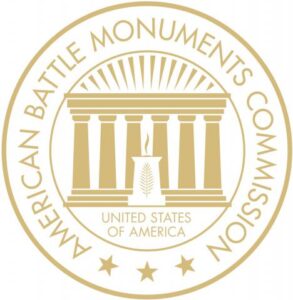Six months after the United States entered World War II, President Franklin Roosevelt issued an executive order creating the Office of Strategic Services (OSS). As the predecessor to the Central Intelligence Agency, the OSS filled a specific need during the war—gathering intelligence and conducting covert operations behind enemy lines. As a small, nimble agency, the OSS typically focused on missions outside the scope of the traditional armed forces.
In September and October 1944, two small OSS teams-including American and European personnel-were flown in to Czechoslovakia, to assist an uprising of Slovak Partisans against the Nazi collaborationist regime. Resistance had begun in late summer and gained momentum. By September, the Slovak partisans controlled a large swath of territory centered around the city of Banska Bystrica. This created an opportunity for the OSS to help the resistance and provide intelligence back to OSS headquarters, while also assisting in the recovery of Allied airmen downed while flying bombing raids from Italy into Germany.
Shortly after the OSS teams arrived in country, a resolute German counteroffensive crushed the uprising. The German Army regained territory occupied by the partisans and began seeking out the OSS teams. For weeks they evaded detection. Plagued by limited supplies and bad weather, most of the mission’s personnel were found and captured in December 1944. They were brought to the Mauthausen concentration camp near Linz, Austria, where they were interrogated and tortured. In late January 1945, 14 members of the group were summarily executed. Their remains were never recovered.
Of those killed in Mauthausen, two were Europeans, and one, Joseph Morton, was an AP correspondent covering the mission. The remaining 11 are honored in ABMC cemeteries. Ten are commemorated on the Walls of the Missing at Epinal American Cemetery, and one is commemorated on the Walls of the Missing at Florence American Cemetery.
- Cpl. Robert R. Brown, Headquarters Detachment, Office of Strategic Services
- Capt. Edward Baranski, 2677th Regiment, Office of Strategic Services
- Lt. James Holt Green, United States Naval Reserve
- Lt. Jim Gaul, United States Naval Reserve
- SP/X/2 Charles Heller, United States Naval Reserve
- SSgt. Joe Horvath, Headquarters Company, Office of Strategic Services
- 1st Lt. Tibor Keszthelyi, Headquarters, Office of Strategic Services Regiment
- MSgt. Jerry Mican, Headquarters Company, Office of Strategic Services
- 1st Lt. Lane H. Miller, 13rd Bomber Squadron, 376th Bomber Group, Heavy,
- Photographers Mate First Class Nelson Paris, United States Naval Reserve
- 1st Lt. Francis Perry, 2677th Regiment, Office of Strategic Services
 An official website of the United States government. Here's how you know.
An official website of the United States government. Here's how you know. 